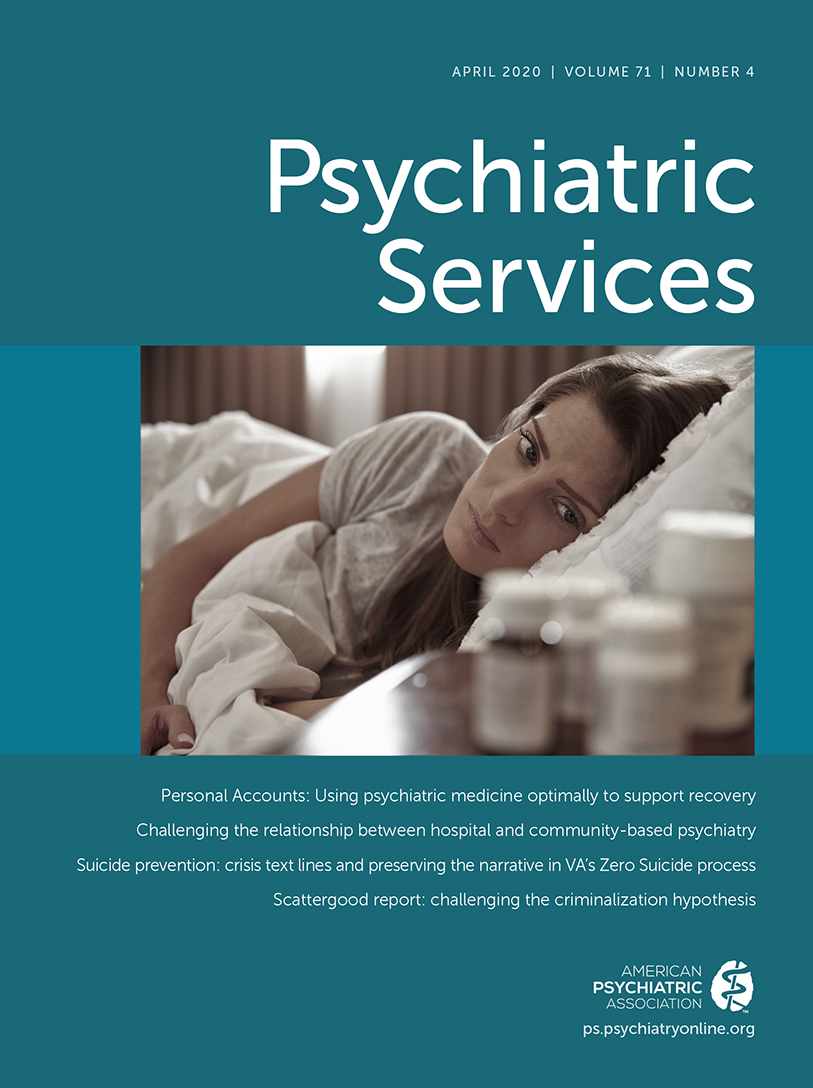Using Technology to Train Clinicians in Evidence-Based Treatment: A Systematic Review
Abstract
Objective:
There is a critical shortage of clinicians trained in evidence-based treatments (EBTs). New technologies, such as Internet-based training, video conferences, and mobile applications, can increase accessibility to specialized training and enhance traditional face-to-face training. A systematic review was conducted to identify and summarize research on the use of technology to train clinicians in EBTs.
Methods:
An electronic database search of PsycINFO, PubMed, Medline, Web of Science, CINAHL, and the Cochrane Library was conducted in June 2018. Articles were independently coded and assessed for risk of bias by two reviewers using the National Heart, Lung, and Blood Institute’s Quality Assessment Tool for Controlled Intervention Studies.
Results:
Of the 7,767 citations initially identified, 24 articles met inclusion criteria. These articles described 21 training programs, including training for anxiety, depression, substance abuse, and eating disorder treatment. Most training programs were Internet based (N=19), and a majority of studies used a randomized controlled design (N=21). Most studies reported significant increases in clinician knowledge or skills, with small to large effect sizes. The methodological quality of studies ranged from good to poor. Many programs were limited by their use of completer analyses (i.e., only those who completed study included in analyses) and self-report measures.
Conclusions:
Technology has great potential for increasing availability of training opportunities for clinicians and increasing the workforce trained in EBTs. Although technology-assisted training programs are not without limitations, overall they promise a new era of facilitative learning that promotes the adoption of new clinical practices in a dynamic and efficient manner.



